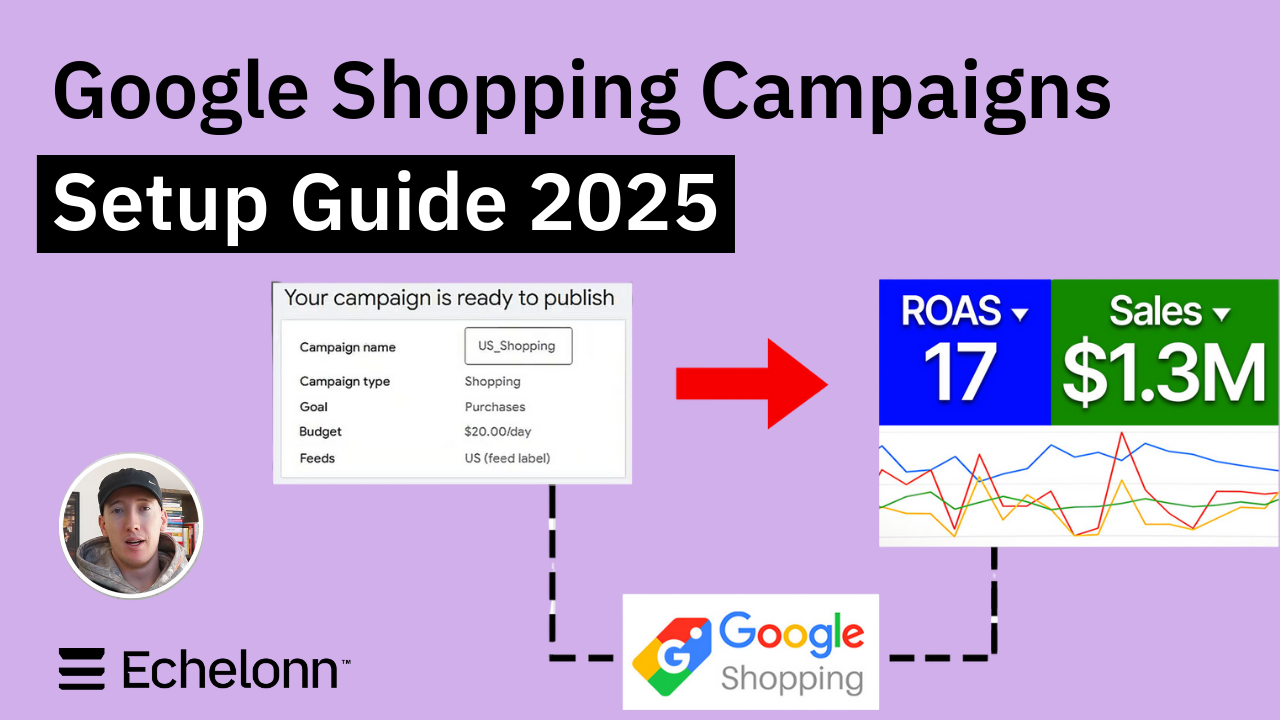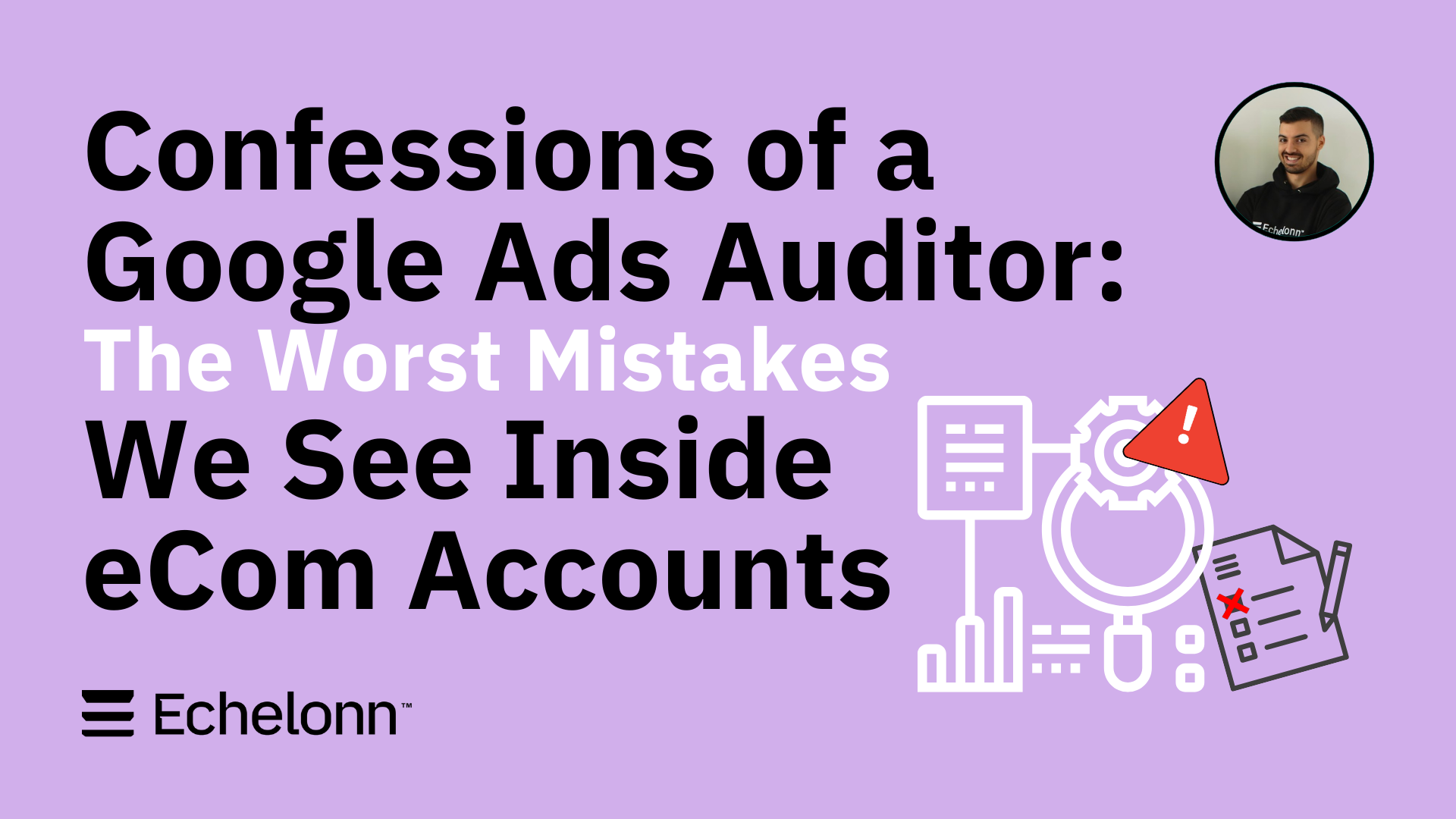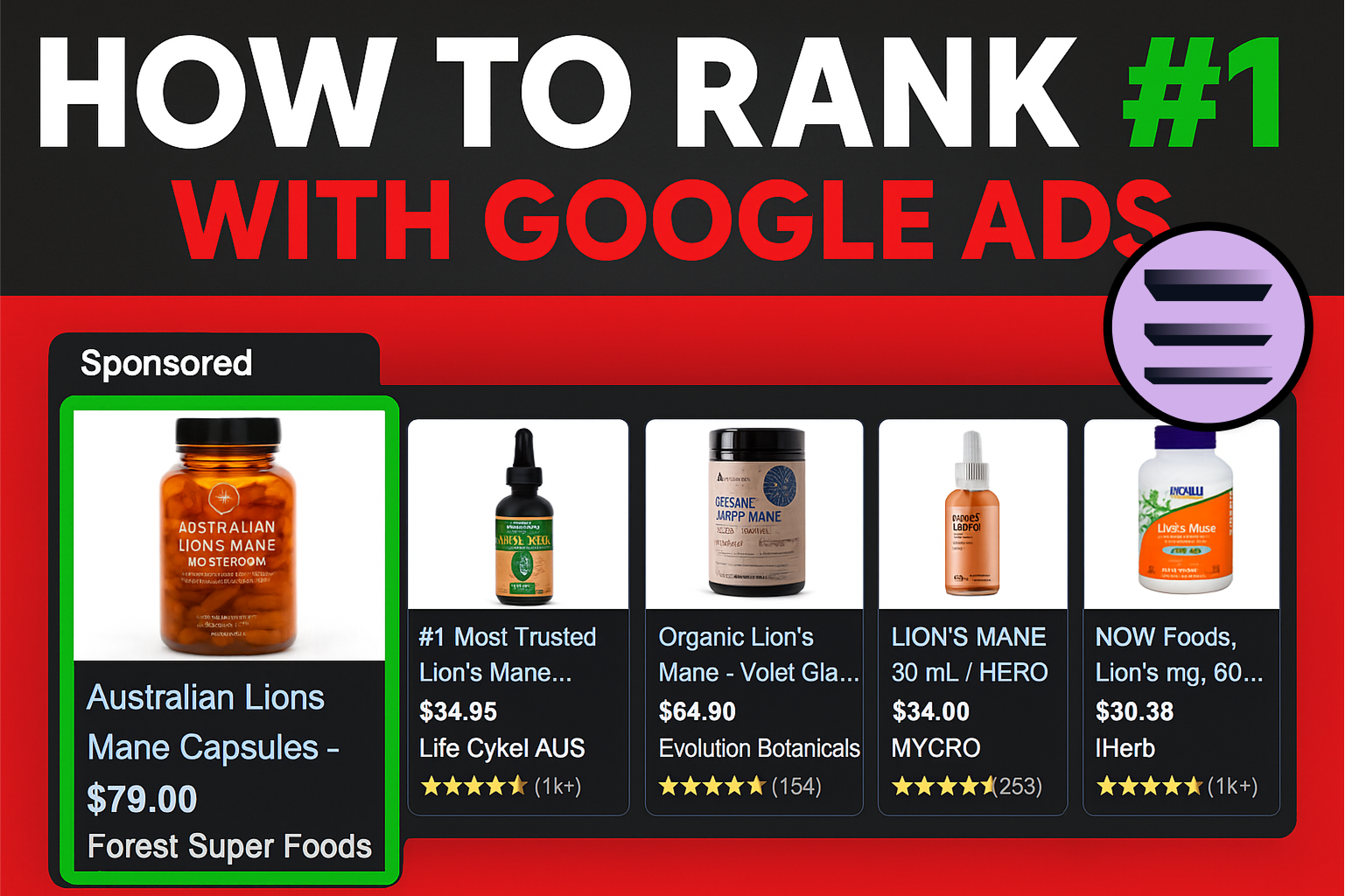CTR Is Misunderstood by 95% of the PPC Industry (What to Optimise for Instead)


CTR gets thrown around a lot in PPC conversations, especially by specialists trying to gauge performance.
I hear it all the time:
“How’s the CTR looking?”
At first glance, a higher CTR sounds like a home run.
I disagree.
Clicks don’t happen in a vacuum. Where and how your ad is shown on the page makes all the difference.
I’m now going to break this down in more detail.
1. CTR is useless in PMax because you don’t fully know what’s inside

I see people trying to analyse CTR in PMax all the time.
But there’s a problem with this. You don’t have full control or visibility about your ad serving.
PMax isn’t a single channel. It runs across Search, Shopping, YouTube Discover, and Display.
That means:
- A PMax campaign with “high CTR” could be spending more on Search ads.
- A PMax campaign with “low CTR” could just be spending more on Shopping or Display.
- It’s tricky to determine the exact spend split by channel, and it’s impossible to know the exact details about ad positioning, so analysing CTR in PMax is meaningless.
I repeat, meaningless.
A high or low CTR in PMax doesn’t often indicate good or bad performance.
“Click Through Rate is a good indicator of the performance of a campaign… but when the volume of impressions and clicks are too low, your CTR might skyrocket, but this doesn’t necessarily mean your ads were great.” — DataFeedWatch
So if you’re still checking PMax CTR to measure success, stop.
It’s completely unreliable.
2. CTR is (mainly) about ad positioning, not ad quality

I see this mistake a lot...
People treat CTR like it means the same thing across every channel.
The reality is very different.
CTR depends mainly on where your ads appear, not how good they are.
A terrible ad in position 1 on Search will still get more clicks than a perfect ad in position 2.
Context is everything. CTR on its own doesn’t tell you much.
3. Not all clicks are created equal

CTR doesn’t tell you why someone clicked.
“Typically, one of the most common reasons users leave a website right after clicking on an ad… has to do with a mismatch of expectations.” — Search Engine Journal
That’s where things go wrong.
Some possible scenarios:
- A shopper searching “best running shoes” is researching.
- A shopper searching “Nike Air Zoom Pegasus size 10” is buying.
Which one would you rather spend money on?
Focusing on CTR alone means you could be chasing the wrong audience and wasting ad spend in the process.
4. The right ad copy, creatives, and landing pages are key

The goal isn’t to simply drive clicks. It’s making sure the people clicking are the right ones.
That’s why optimising for CTR alone is a waste of time.
Instead, your focus should be on:
- The right ad copy
Aligning messaging with users’ intent across channels.
- The right creatives
Making sure Shopping listings, Display ads, and video assets are compelling and relevant.
- The right landing pages
Ensuring the user journey doesn’t stop at the click but continues into a page that clearly matches the user’s intent.
Final thoughts
The best-performing campaigns don’t chase higher CTR.
They make sure every click is valuable.
If your targeting, ad copy, creative, and landing page perfectly match what the user is looking for, CTR becomes irrelevant. The conversions take care of themselves.
A lower CTR doesn’t always mean worse performance.
If your ads are ranking for more relevant auctions and getting more impressions, you’ll see an increase in (high-quality) clicks even if CTR drops.
I cannot stress how important it is to identify the relevant auctions across the full funnel and define a tailored multi-channel strategy.
I’ll be brutally honest, CTR is often a distracting vanity metric.
Ranking performance goes way beyond. You have to optimise for everything else that (actually) matters:
- Landing page
- Product feed
- Targeting
- Creatives
- Extra assets
- Reviews
- Even shipping, fees, and returns all play a role.
Achieving higher rankings isn’t easy, but it’s possible. Especially if you stop obsessing over CTR.

Ready To Start Scaling Today?
Scaling Your Favorite eCommerce Brands To The Highest Levels Through Google & YouTube Ads.

.svg)
Get Smarter About How To Scale Your Brand...
Discover Insider Knowledge On How We Scale Brands From 7 Figures All The Way Up To 8-9 Figures With Google Ads.
More Articles Like This.
Find answers to common queries about our services and how we can help you.
.svg)
.png)
How to Improve Your Google Ads Conversion Rate
.png)
The Right Way to Link Shopify and Google Ads for Scalable Growth

Google Shopping Campaigns Setup Guide 2025

Confessions of a Google Ads Auditor: The Worst Mistakes We See Inside eCom Accounts

How to Spy on Competitor Google Ads: Complete 2025 Guide
%20(2).png)
7 Questions to Ask Before Hiring a Google Ads Consultant

How to Rank #1 on Google Ads: Complete Shopping & Search Guide 2025
.png)
Learning Google Ads in 2025: The Roadmap Nobody Talks About
%20(1).png)
What Makes a Google Ads Specialist Worth $10,000/Month?

Why Cheap Google Ads Consulting Costs You $180,000+ in Lost Revenue
.png)
Why 99% of Google Ads Experts Fail (& How to Find One That Won’t)
.png)
5 Google Product Feed Fixes for eCom Growth
.png)
Google Ads Campaign Structure: Why 95% of Brands Waste Budget on Mixed Traffic

In-House vs Agency Google Ads: Which Delivers Better ROI in 2025?
.png)
How to Scale Google Ads With a Small Budget | Setup and Optimization

Google Shopping Optimization: 11 Proven Tactics for Maximum ROAS
%20(3).png)
eCom Growth Strategy: How We Scaled a Supplement Brand From $1.9M to $8.6M With Google Ads
%20(4).png)
Google Merchant Center Fix: How to Improve Rankings With Accurate Shipping Times

CTR Is Misunderstood by 95% of the PPC Industry (What to Optimise for Instead)
.png)
Google Ads AI | Manual vs Automated Campaign Performance

Complete YouTube Ads Guide 2025 | 3 Formats, 5 Principles, Proven Results
%20(2).png)
eCom Growth Strategy With Google Ads in 2025
.png)
Google Marketing Live 2025: 11 Key Takeaways for Marketers
%20(1).png)
YouTube Advertising Strategy: How to Drive Results Across Every Format

Google Shopping Feed Optimisation: Tips for Better Results

How Long Does it Take for Google Ads to Work?

YouTube Ads Analytics 101: Key Metrics and How to Use Them

Search Ad Strategies to Maximize Sales with Google ads for eCommerce (2024)

2025 Google Shopping Ads: Ultimate Guide, Benchmarks, and Pricing Breakdown


.svg)

.svg)
.svg)





